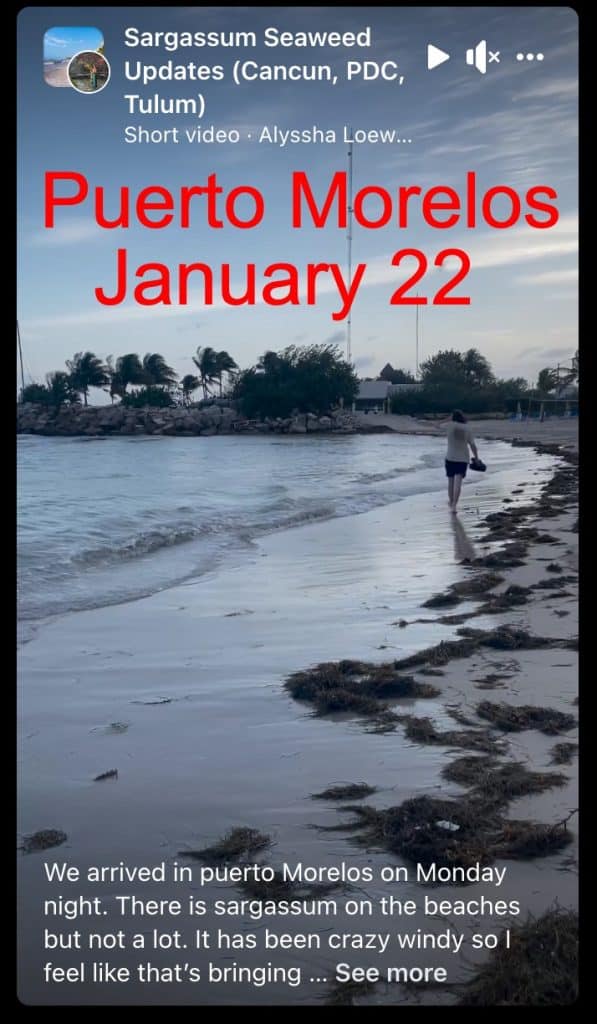According to researchers at the University of South Florida’s Optical Oceanography Lab: the blossoming “increased so substantially that the abundance reached a new record over all previous Decembers.“
In November there was one million tons of sargassum in the central Atlantic Ocean; by December that amount had grown to five million tons.
‘This indicates that 2024 will again be an important Sargassum year’ the researchers said.
Over the past decade there has been a noticeable increase in both the extent and damage caused by these blooms. Brian Barnes, a research professor at the University of South Florida who specializes in sargassum, told Nexstar’s WFLA last year that “we’ve never seen anything like this before 2011.”
The good news is that a relatively small amount (120,000 tons) was found in the Caribbean Sea and virtually no sargassum in the Gulf of Mexico. But that is expected to change in the coming months. Scientists predict that as the seaweed spreads, currents will carry parts of it westward.
Latest photos of beaches in Mexico (Source: FB Group Sargassum Seaweed Updates (Cancun, PDC, Tulum)





The mass of sargassum increased to 13 million tons last year. Of course, not all of that washed up on the beach, but… The debris caused damage along the Florida coast and caused significant problems for the travel and tourism industry during spring break and summer.
The Florida Department of Health advises beachgoers not to touch or swim near sargassum if they see it washed up on shore. The small inhabitants, such as jellyfish larvae, can sting or itch your skin.
To prevent breathing problems and unpleasant odors, the department also recommended closing windows if you live close to the beach and wearing gloves if you have to handle sargassum.





